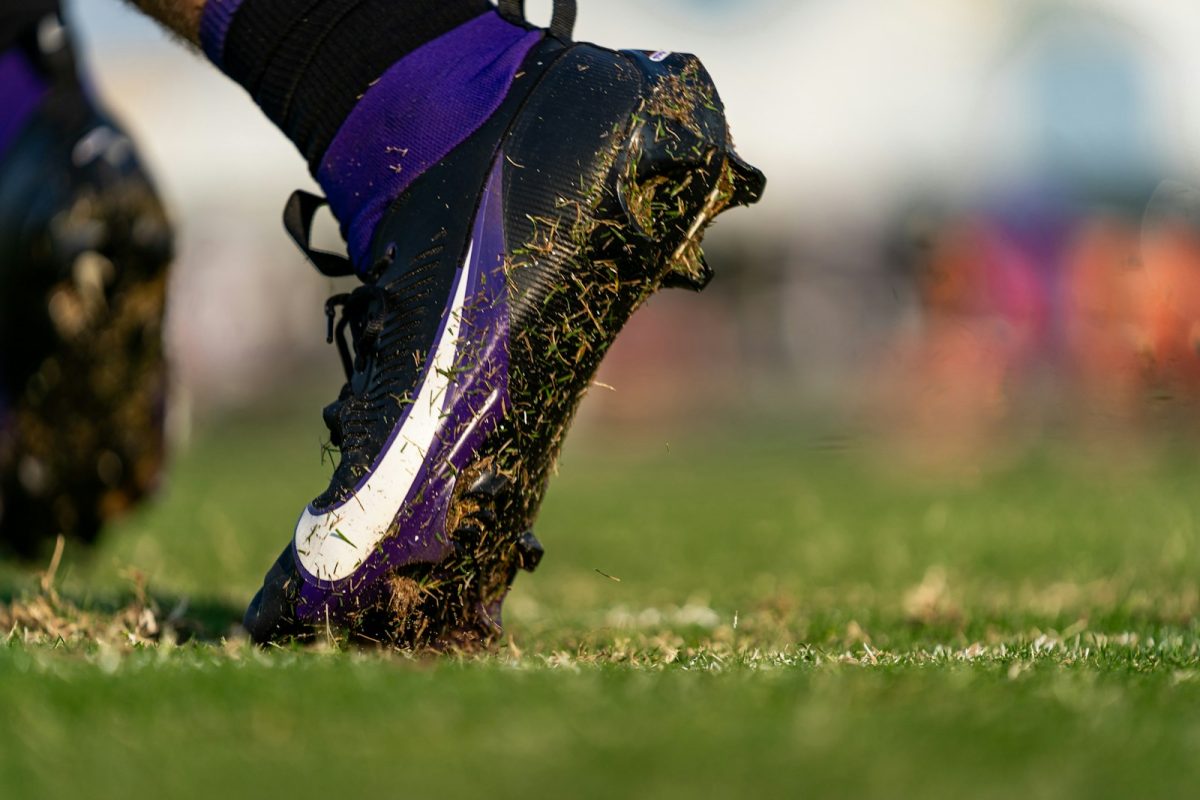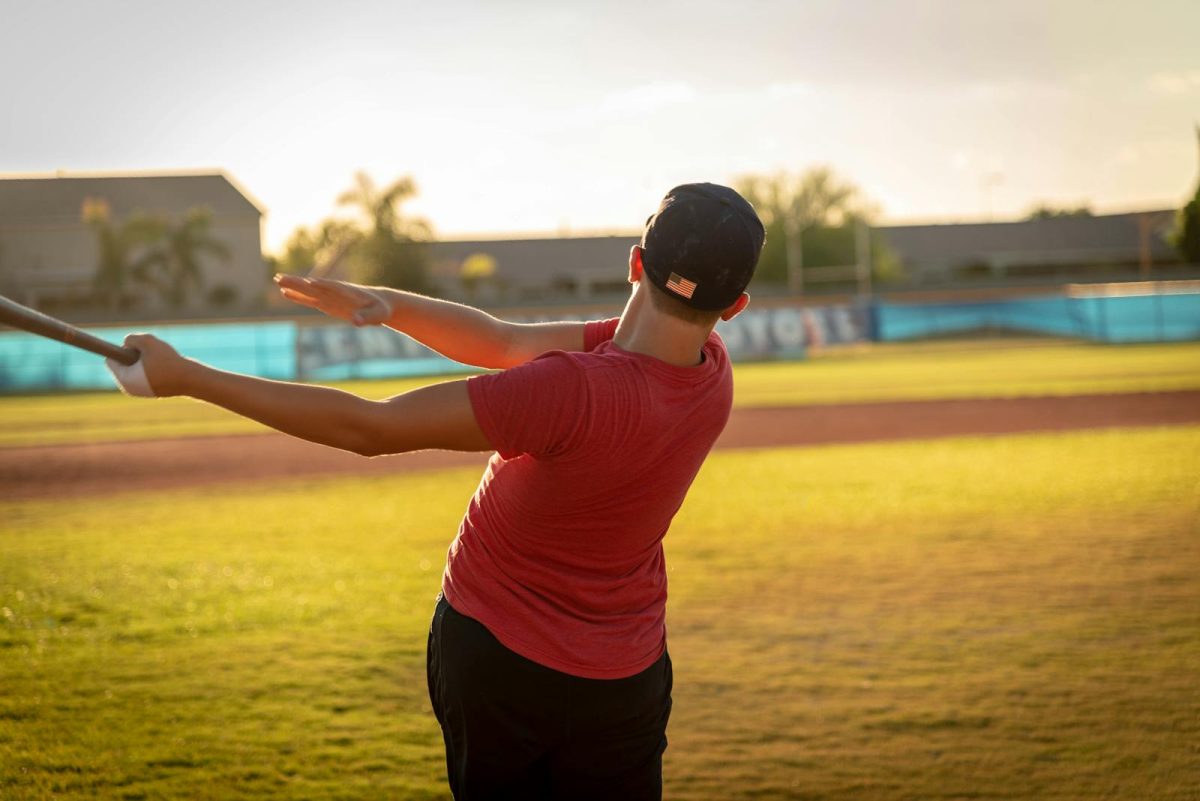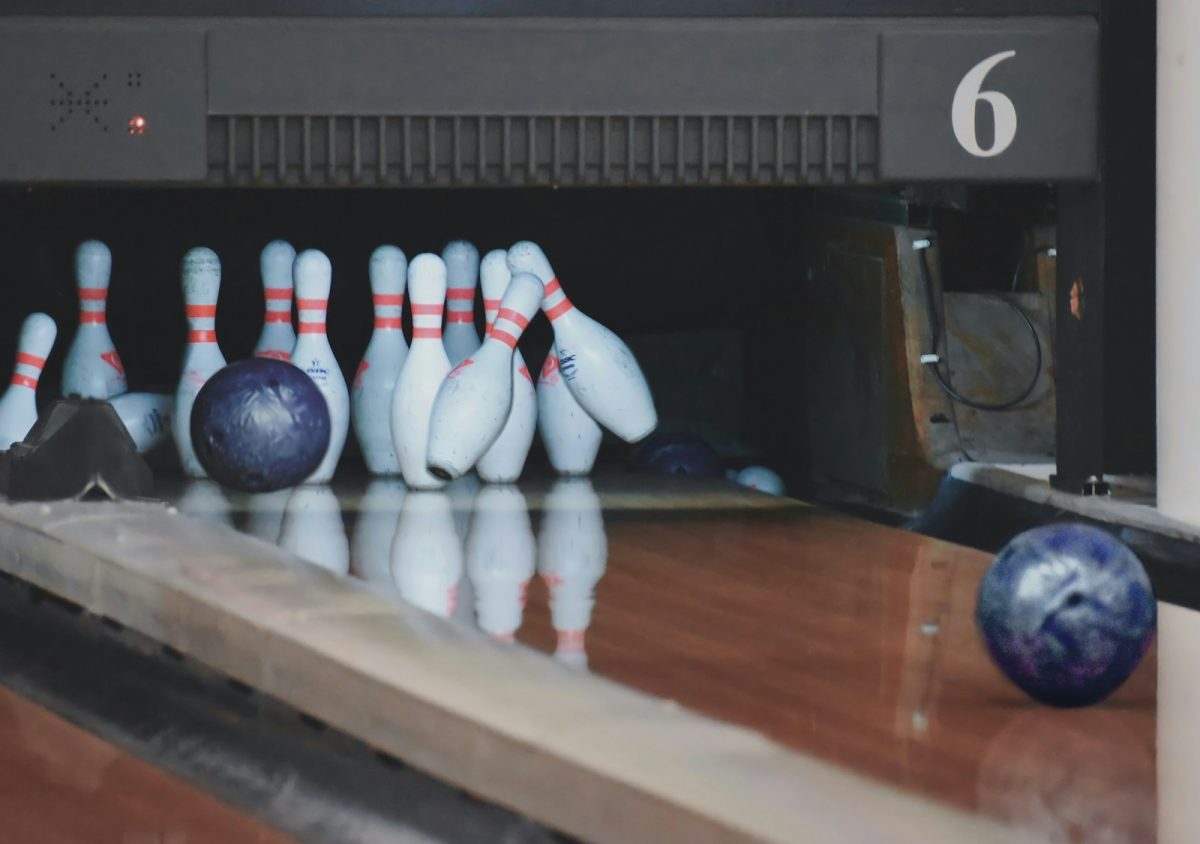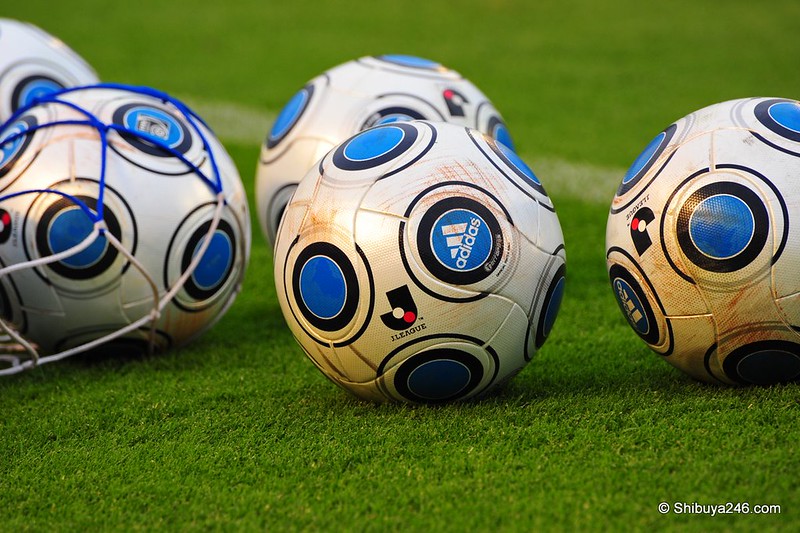What are football cleats, and why are they needed?
Football cleats are specialized shoes designed for playing football. They have studs or spikes on the back, which give better traction to grass or turf surfaces. This helps players run, stop, and change direction more effectively, enhancing overall performance and reducing the risk of slipping.

Early American football cleats in the 1900s-1950s were primarily made of stacked leather. They had rectangular, laminated leather cleats and metal studs. These cleats were more for durability. Instead of performing, they were heavy and limited in the movement of players. In the 1960s, football cleats became lighter and more flexible from using synthetic materials. In the 1970s, brands like Adidas and Puma rose, which started incorporating more advanced designs and materials. The cleats became more specialized in different field conditions, with interchangeable studs becoming more common. In the 1980s, more synthetic materials and advancements in design led to cleats that provided better support and comfort and were lighter. Brands like Nike started entering the market, leading to further innovation. The 1990s saw even more technological advances, like air cushioning and more ergonomic designs. Cleats in this decade became more specialized for different positions and conditions. In the 20th century, cleats were advanced, with mobility, style, and comfort.
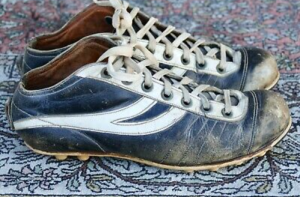
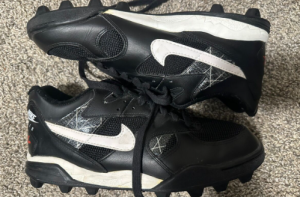
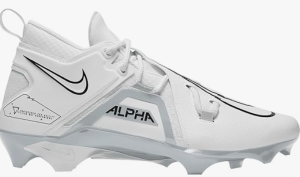
Oldest football cleats:
New and better football cleats:
“Related Stories:”
https://www.footballhistory.org/shoes.html
https://en.wikipedia.org/wiki/Football_boot
https://18stripes.com/the-extensive-history-of-notre-dame-footballs-cleats/
“Take Action:”
